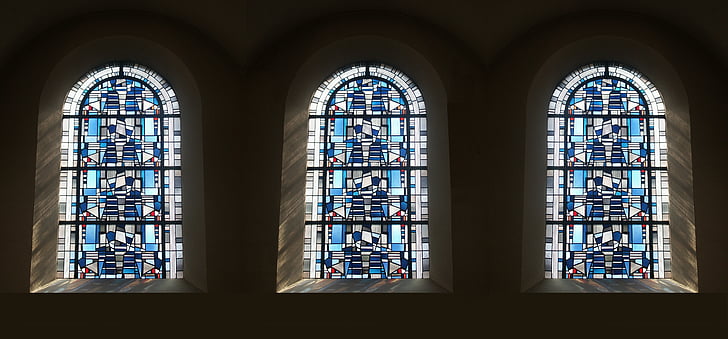Stained glass window guidance
Contents |
[edit] Introduction
Historic England have recently published a new guidance document, Stained Glass Windows: Managing Environmental Deterioration, on how to care for stained glass windows and recognise the impact environmental factors have on the state of windows and leading. The document has been developed in close association with the glass conservation community.
The publication includes a chapter on Environmental Protective Glazing (EPG) based on extensive field and laboratory research prepared for Historic England.
[edit] Timely guidance
Robyn Pender, Senior Building Conservation Advisor at Historic England said "The publication gives a broad introduction to the types of environmental problems that might be encountered, and the effects these may have on the condition of stained glass windows.
"It will help people to recognise when they might have a problem, so that they can bring in proper expertise to see what is going on, assess damage and, if necessary, come up with plans for treatment."
In addition to this new publication, they have produced a checklist and flowchart to provide guidance to building professionals who do not have experience in assessing stained glass windows, but may have been asked to undertake a basic survey.
You can download the guidance at: https://historicengland.org.uk/images-books/publications/stained-glass-windows-managing-environmental-deterioration/
This article originally appeared under the title, 'Historic England issues new stained glass window guidance'. It was published on the CIAT website on 30 June 2020.
--CIAT
[edit] Related articles on Designing Buildings Wiki
[edit] External resources
IHBC NewsBlog
Old Sarum fire in listed (& disputed) WW1 Hangar - Wiltshire Council has sought legal advice after fire engulfed a listed First World War hangar that was embroiled in a lengthy planning dispute.
UK Antarctic Heritage Trust launches ‘Virtual Visit’ website area
The Trust calls on people to 'Immerse yourself in our heritage – Making Antarctica Accessible'
Southend Council pledge to force Kursaal owners to maintain building
The Council has pledged to use ‘every tool in the toolbox’ if urgent repairs are not carried out.
HE’s Research Magazine publishes a major study of the heritage of England’s suburbs
The article traces the long evolution of an internal programme to research 200 years of suburban growth
IHBC Context 183 Wellbeing and Heritage published
The issue explores issues at the intersection of heritage and wellbeing.
SAVE celebrates 50 years of campaigning 1975-2025
SAVE Britain’s Heritage has announced events across the country to celebrate bringing new life to remarkable buildings.
IHBC Annual School 2025 - Shrewsbury 12-14 June
Themed Heritage in Context – Value: Plan: Change, join in-person or online.
200th Anniversary Celebration of the Modern Railway Planned
The Stockton & Darlington Railway opened on September 27, 1825.
Competence Framework Launched for Sustainability in the Built Environment
The Construction Industry Council (CIC) and the Edge have jointly published the framework.
Historic England Launches Wellbeing Strategy for Heritage
Whether through visiting, volunteering, learning or creative practice, engaging with heritage can strengthen confidence, resilience, hope and social connections.















